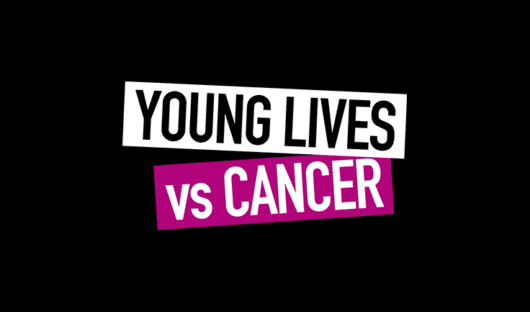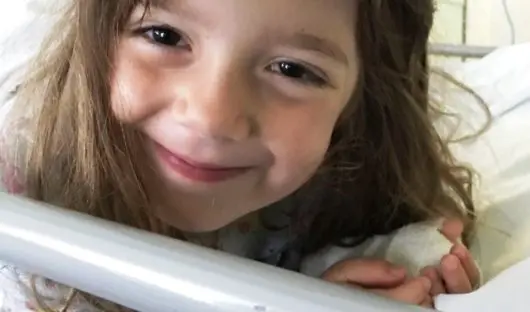Stem cell/bone marrow transplants for leukaemia treatment
These treatments are used for leukaemia but can be used for other cancers as well. A stem cell transplant (also called a bone marrow transplant) allows your baby or child to have much higher doses of chemotherapy than usual. This can improve the chance of curing their cancer but has more side effects.
Bone marrow and stem cells
Bone marrow is a spongy material that’s found inside some of our hollow bones. The bone marrow contains stem cells. These are cells at a very early stage of development that develop into the three different types of blood cell. When the cells are fully mature, they are released into the bloodstream.
Stem cell transplant
Before a stem cell transplant, stem cells are collected from either the bone marrow or the blood. Your child will then be given very high doses of chemotherapy, usually over a few days. Sometimes, radiotherapy to the whole body, known as total body irradiation (TBI), is also given. As well as destroying any remaining cancer cells, the high doses of chemotherapy also destroy the stem cells in the bone marrow.
After the chemotherapy, your child is given the stem cells that were collected before the treatment through a drip. They make their way into the bone marrow and start producing mature blood cells again.
Types of transplant
There are two main types of transplant:
Autologous: this uses your child’s own stem cells. The stem cells are collected some time before the high-dose treatment and are stored until needed.
Allogeneic: this uses stem cells from a donor – it is also known as an allograft. An allogeneic transplant is a more complicated procedure than an autologous one and is only carried out in specialist hospitals. Recovery may take several months or longer.
This information was written by the Children’s Cancer and Leukaemia Group (CCLG)
You might also want to look at
What should I know about my child’s treatment?
From me to you: parents share their thoughts on what they would've liked to have known before treatment.
Find out more
Staying in hospital with your child – what you’ll need
What to expect if your child is staying on a children' cancer ward and what you'll need to take.
Find out more
